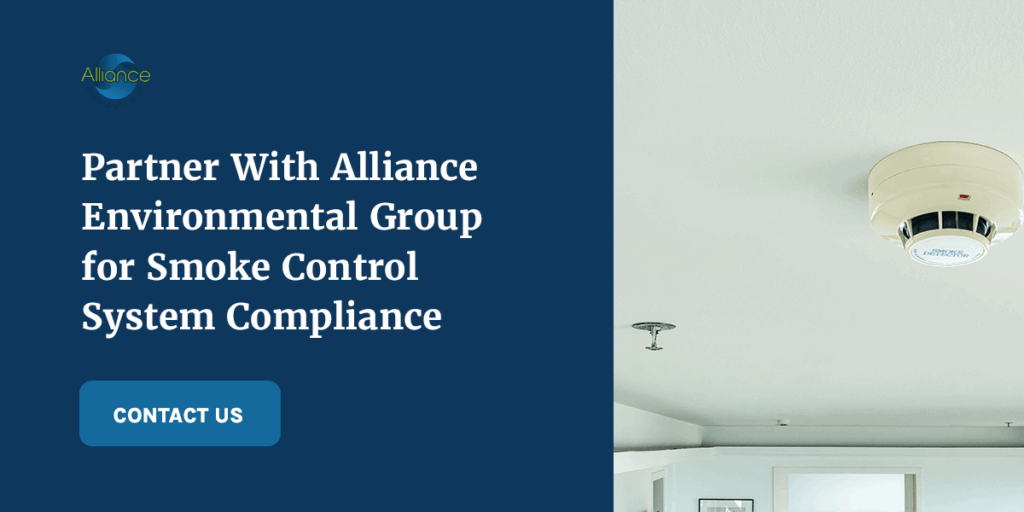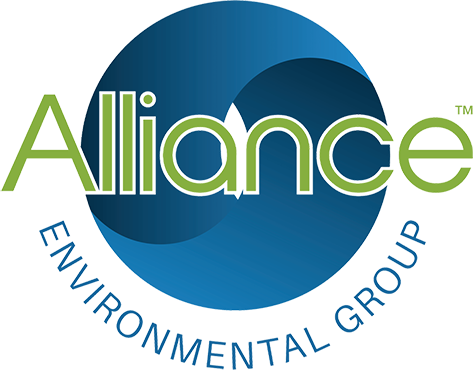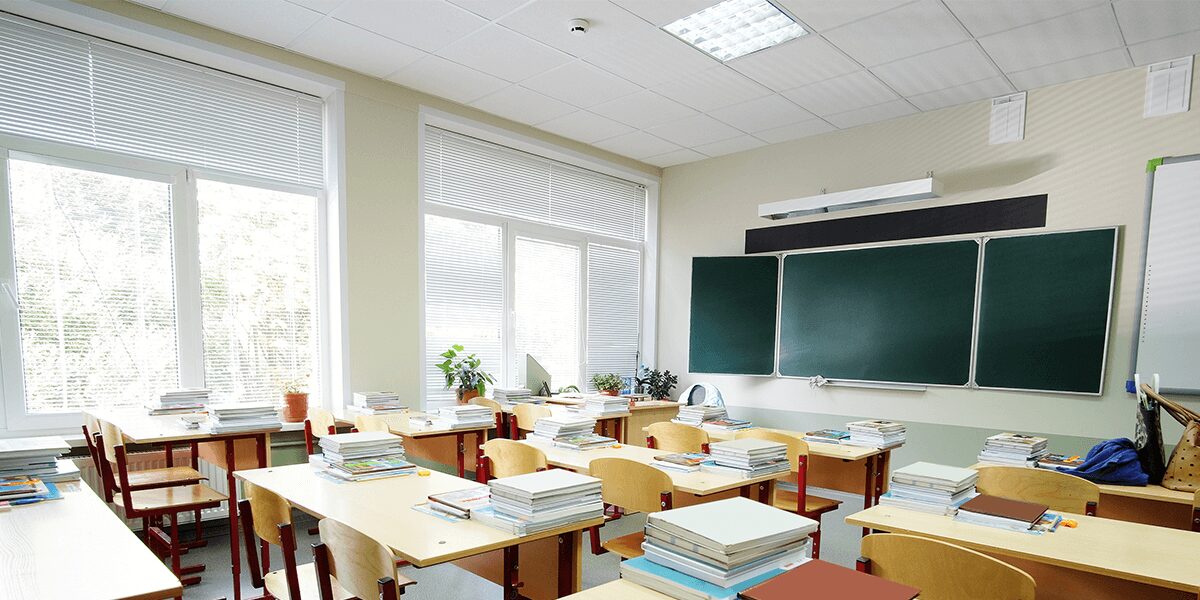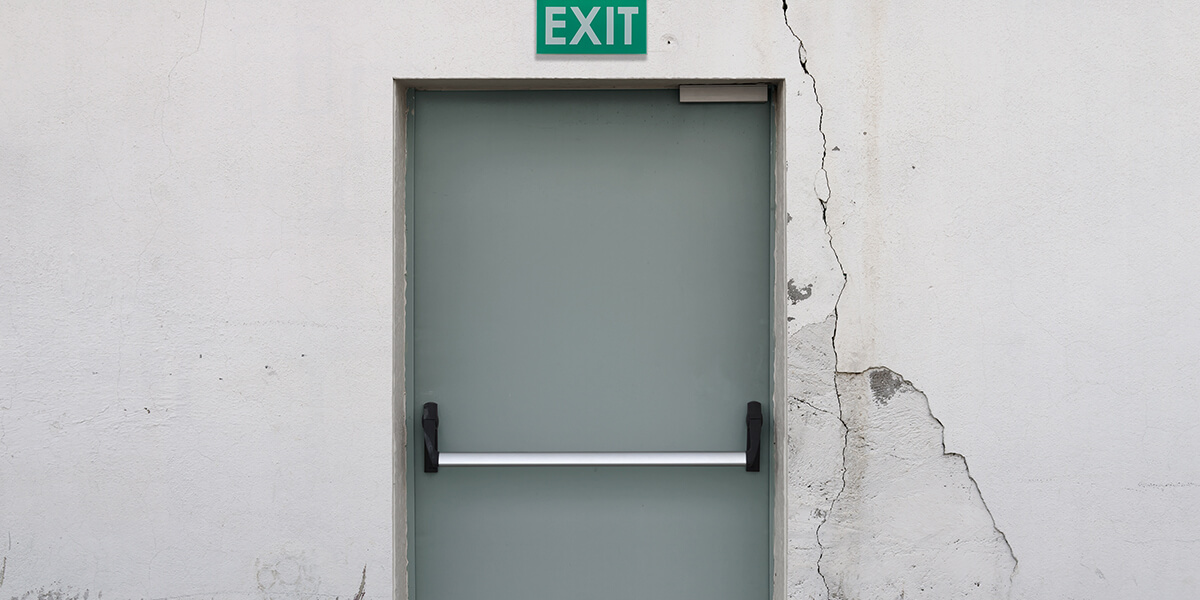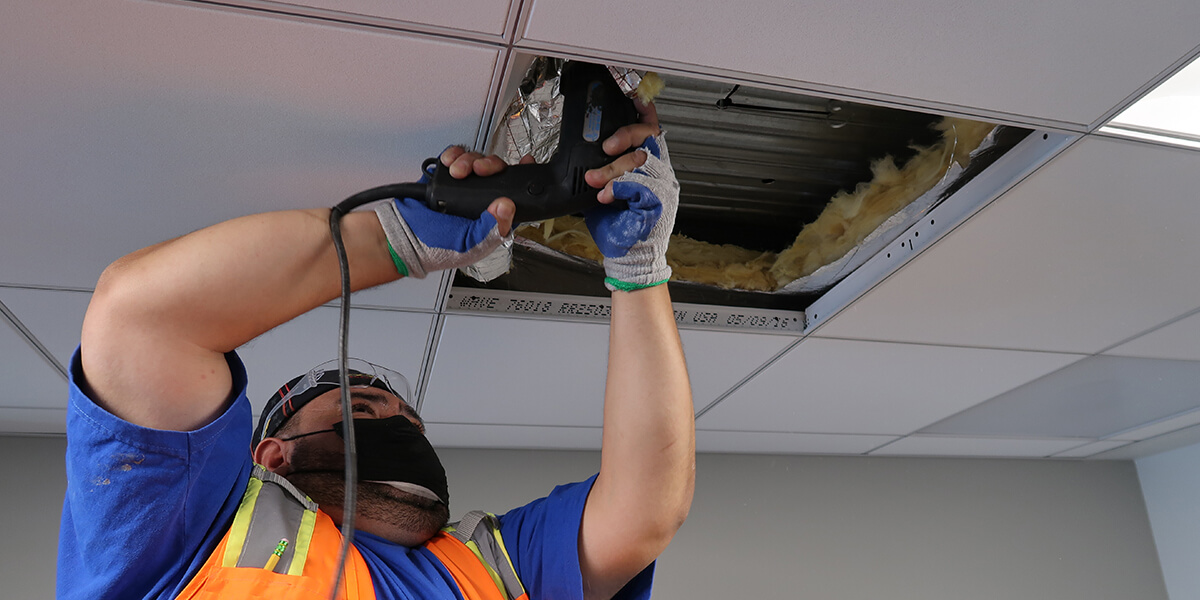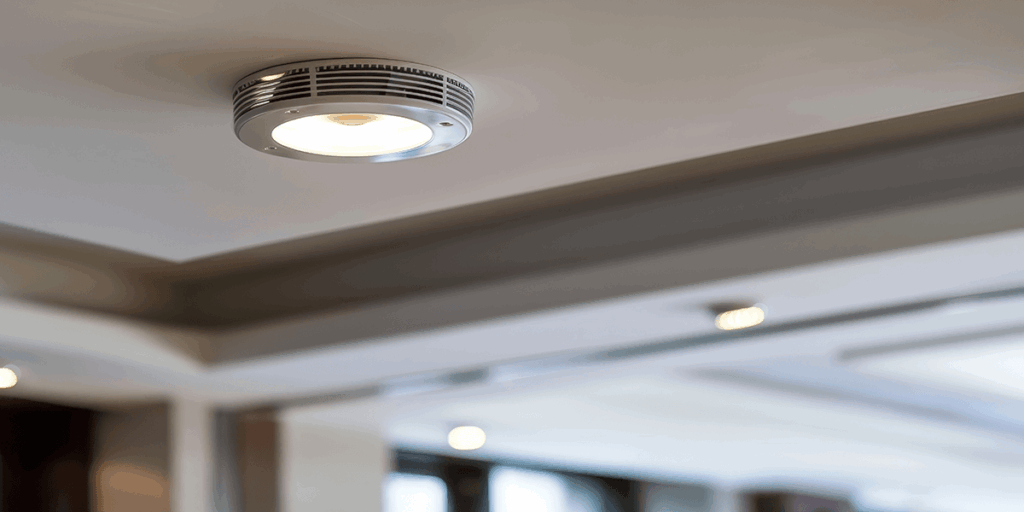
Smoke can be just as hazardous and damaging as fire. As a homeowner or renter, it’s critical to take precautionary measures that consider smoke-related problems. The National Fire Protection Association (NFPA) 105 is one such safeguard, setting parameters to defend against the movement of smoke.
In NFPA 105, you can find detailed requirements for smoke control systems like smoke doors, dampers and protective curtain assemblies. Understanding the protocols can help you protect your family and property from the dangers of smoke.
Understanding Smoke Control Systems
Smoke control systems are critical in ensuring building safety. Smoke inhalation is a leading cause of fire-related deaths, making it crucial to understand how smoke control systems work and the requirements needed to keep them functioning. There are various ways to establish smoke control, as outlined in NFPA 105:
- Smoke doors: These are designed to prevent smoke from moving throughout a building. The doors are equipped with seals that expand under heat, creating a tight barrier to restrict smoke flow. During a fire, the seals confine smoke to specific areas, delaying its spread, aiding in safe evacuation and making it easier for firefighters to enter the home and put out fire.
- Smoke dampers: These are installed in ductwork systems. They automatically close when detecting smoke, preventing it from spreading through your HVAC systems. When activated, they seal off duct openings to prevent smoke flow from one room to another. By isolating airflow paths, smoke dampers compartmentalize and prevent smoke from distributing in a fire event.
- Protective curtain assemblies: These devices contain fire-resistant fabric that deploys automatically in a fire to create a smoke and heat-resistant barrier. The curtains are typically installed in open areas to compartmentalize the space and prevent smoke and fire from spreading elsewhere. Protective curtain assemblies are often used as a temporary barrier, allowing occupants to evacuate safely during a fire.
By containing and managing airflow, smoke control systems play a critical role in managing smoke during a fire, helping keep you and your family safe. NFPA standards are necessary to meet code requirements while protecting your home’s inhabitants, property and assets in case of a fire.
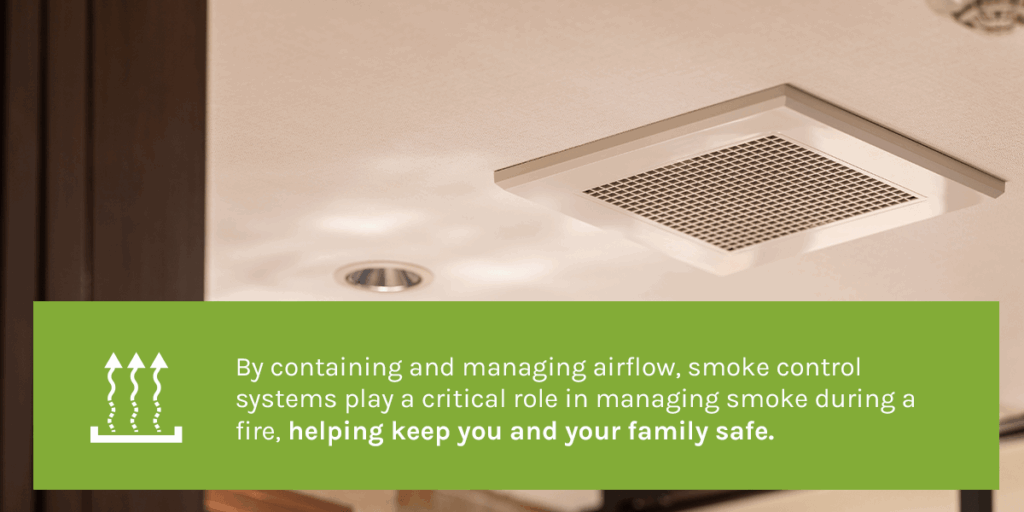
Key Elements of NFPA 105 Compliance
NFPA 105 offers guidelines and requirements for smoke control systems and devices. Previously, fire doors could have clearances that slowed the spread of fire but didn’t effectively prevent the passage of smoke through homes. This prompted the creation of NFPA 105.
This standard outlines policies for restricting smoke movement through smoke door assemblies. It also covers the installation, testing and maintenance of these assemblies.
The best way to meet requirements is to partner with a reputable company to visit your home and visualize the building and its needs. Here are some key elements of NFPA 105 to help meet compliance and protect your family and property from smoke hazards:
1. Installation Considerations
NFPA 105 outlines the design and installation of smoke protection systems. Requirements include:
- Proper design and sizing: Smoke control systems, like smoke doors and dampers, must be sized to meet the specific building requirements. Their design must also address smoke control needs in areas like stairwells, corridors and atriums.
- Location of devices: The placement of smoke control equipment, like dampers and detectors, should be placed in a way that optimizes their performance and facilitates maintenance access.
- Self-closing or automatic-closing smoke doors: Smoke doors must automatically close upon actuation of the smoke detection system. The clearance between the bottom of the door and the threshold or flooring must not have a seal.
2. Testing and Inspection Requirements
NFPA 105 also includes testing and inspection requirements to ensure smoke control systems function properly:
- Regular inspections: In addition to an initial inspection and testing, smoke control systems must be operationally tested and approved on schedule. More specifically, NFPA 92 instructs annual inspections for dedicated systems and semiannually for nondedicated systems.
- Testing: Smoke doors must comply with NFPA 105. Fire doors that also function as smoke doors must meet both NFPA 80 and NFPA 105 requirements. Smoke door assemblies must also meet specific air leakage ratings in accordance with Underwriter Laboratories (UL) 1784.
- Closing and blockage: Chapter 5 of NFPA 105 states that smoke doors must be inspected to ensure they are not wedged or blocked in an open position. Additionally, paint accumulation and other obstacles must not prevent the door from freely closing.
All functional tests should be completed after balancing a building’s mechanical ventilation system and ensuring it operates as intended. Functional tests must also be completed after adjusting the closing mechanism to meet the highest allowable opening force. Complying with these standards can prevent legal liabilities and help safeguard your building.
3. Maintenance and Documentation Procedures
In addition to properly installing, testing and inspecting smoke control systems, NFPA 105 also includes guidelines for proper maintenance and documentation:
- Maintenance standards: All self-closing and automatic-closing devices must be maintained and in working order at all times. If a problem is identified during routine maintenance, systems should be repaired or replaced promptly. Smoke doors should be kept closed and fitted with latching hardware if required.
- Repairs or replacements: As part of routine maintenance and annual inspections, all damaged hardware and gaskets must be repaired or replaced. Any holes left from removing the hardware should be filled with steel fasteners or similar material to the door and frame. Any door openings from smoke doors no longer in use should be filled with wall construction.
- Documentation: Chapter 5 states that records of inspections must be available and maintained for three test cycles. Documents must include the location of smoke dampers, dates of inspection, name of the inspector and any problems detected. They should outline when and how problems were corrected, if applicable.
Partner With Alliance Environmental Group for Smoke Control System Compliance
NFPA 105 is a valuable resource for homeowners and renters who want to improve their fire safety measures. It’s equally important to partner with professionals for assistance in installing and maintaining smoke control systems.
Our experts at Alliance Environmental Group have the knowledge and experience needed to meet NFPA 105 compliance, protecting your home from smoke and fire damage during an emergency. We have over 25 years of industry expertise and have successfully completed more than 200,000 jobs, so you can trust us for comprehensive smoke and fire control services.
We offer many residential services, including environmental, indoor air quality and building services, to help you meet compliance and keep your home and indoor air quality safe and comfortable. To learn more about our services or get a quote, contact us today.
